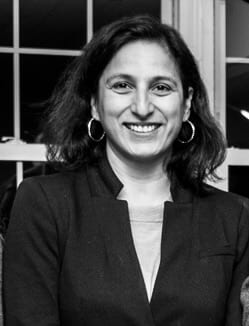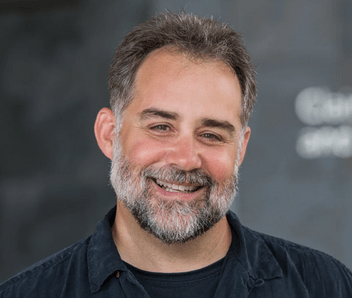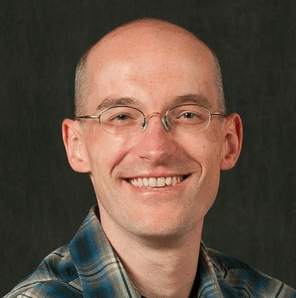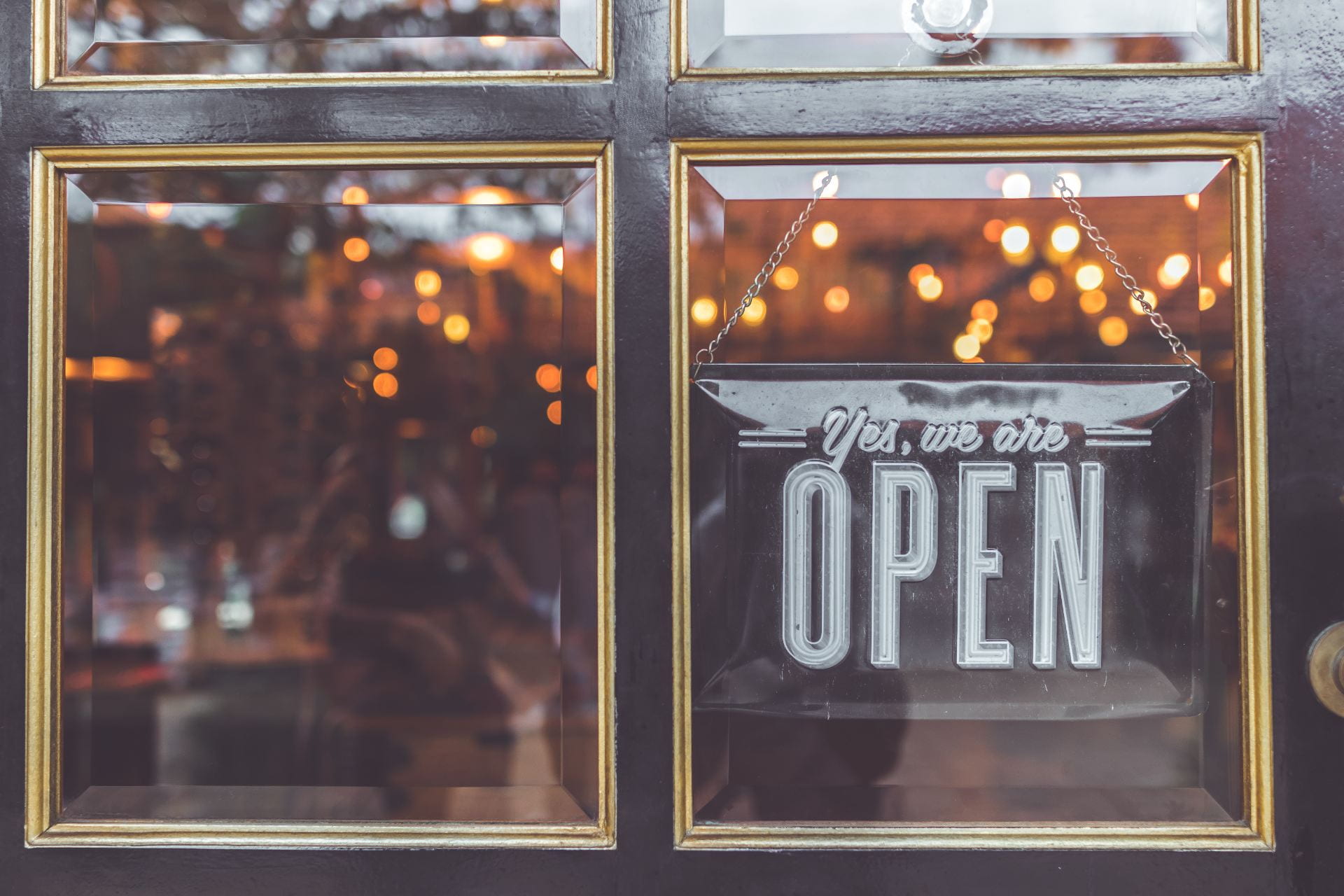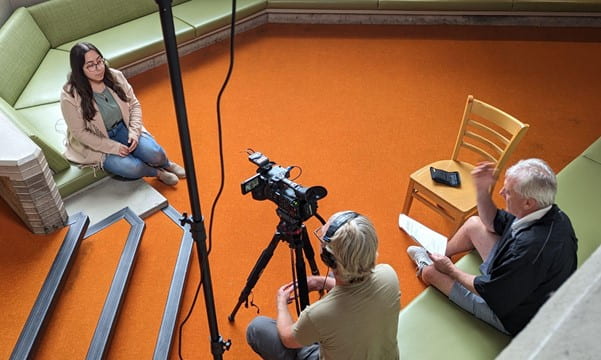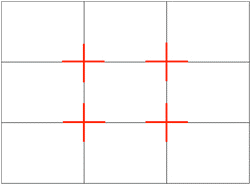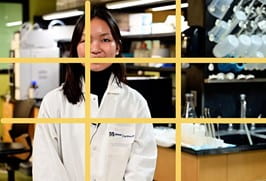We close out International Open Access Week with a look at an article by Dr. Anupama Arora of the English Communications Department titled “Of Women, Gay Men, and Dead Cats: The Precarity of Neoliberal Aspirations in Made in Heaven.” This article is published in the freely accessible journal, Critical South Asian Studies, which is a bi-annual (published twice a year in February and August), peer-reviewed publication that centers on literary, media and cultural studies. Additionally, Anupama serves as Executive co-Editor of an OA journal called The Journal of Feminist Scholarship.
Please see below for the abstract of “Of Women, Gay Men, and Dead Cats: The Precarity of Neoliberal Aspirations in Made in Heaven:”
ABSTRACT: Written by Zoya Akhtar, Reema Kagti, and Alankrita Shrivastava, the first season of the nine-episode web series, Made in Heaven, premiered on Amazon Prime Video on 8 March 2019 to great acclaim, garnering praise for being both “daring and revelatory” in its “provocative exploration of gender, marriage and love” and for offering “binge-worthy television” (Qureshi). In this essay, we examine how Made in Heaven investigates women’s lives as they navigate precarity, a distinct and historically contingent condition produced by neoliberalism in India. It does so by especially paying attention to the configurations of precarity produced through the intersectional workings of gender and class simultaneously. We argue that the show maps the ubiquity of precarity as it permeates and engulfs all life but ends with offering alternatives to perpetuating neoliberal logics of precarity and precarization by suggesting other possible worlds of solidarities, love, and care.
